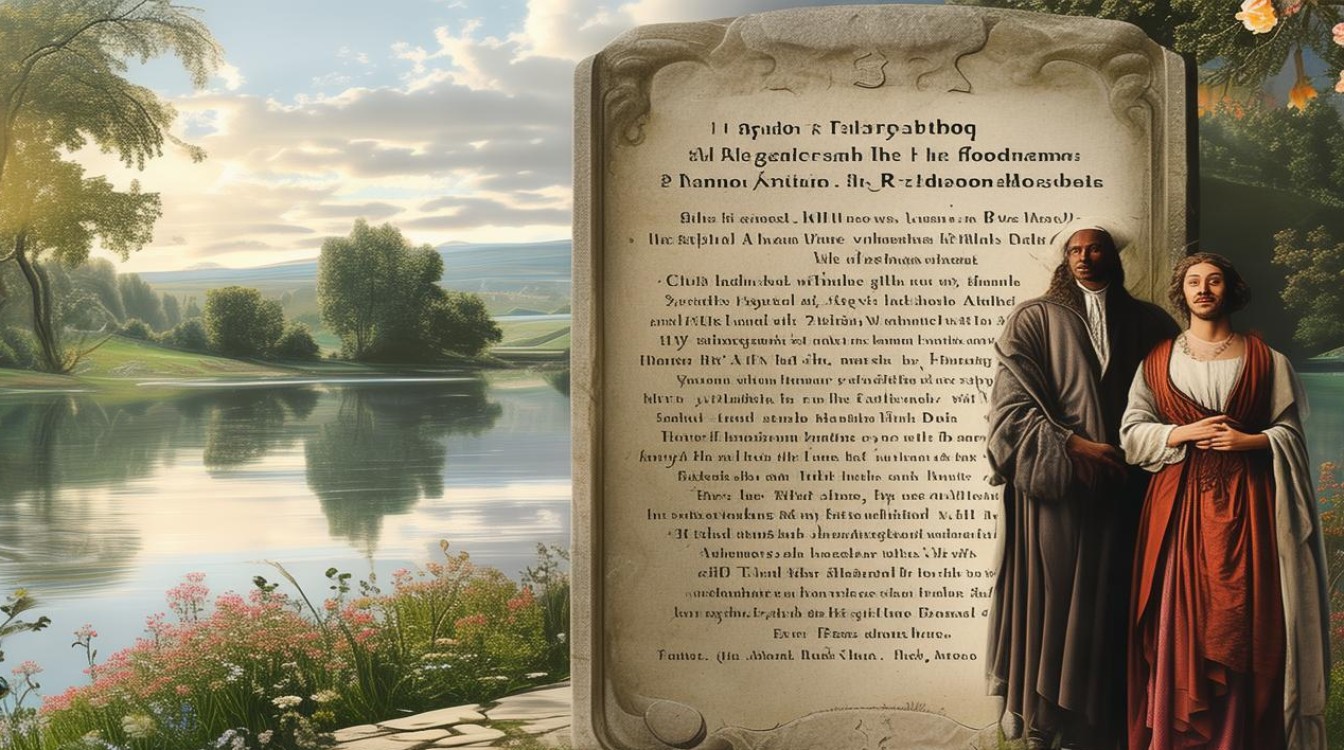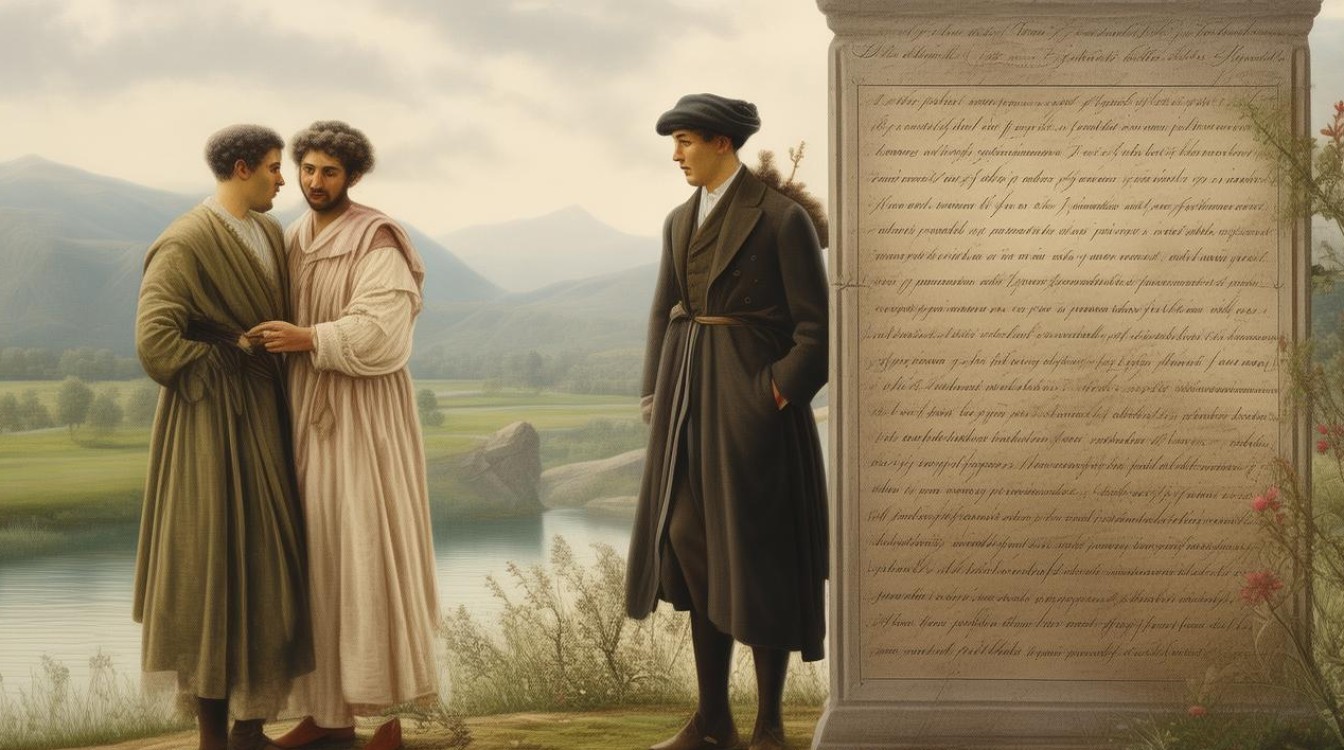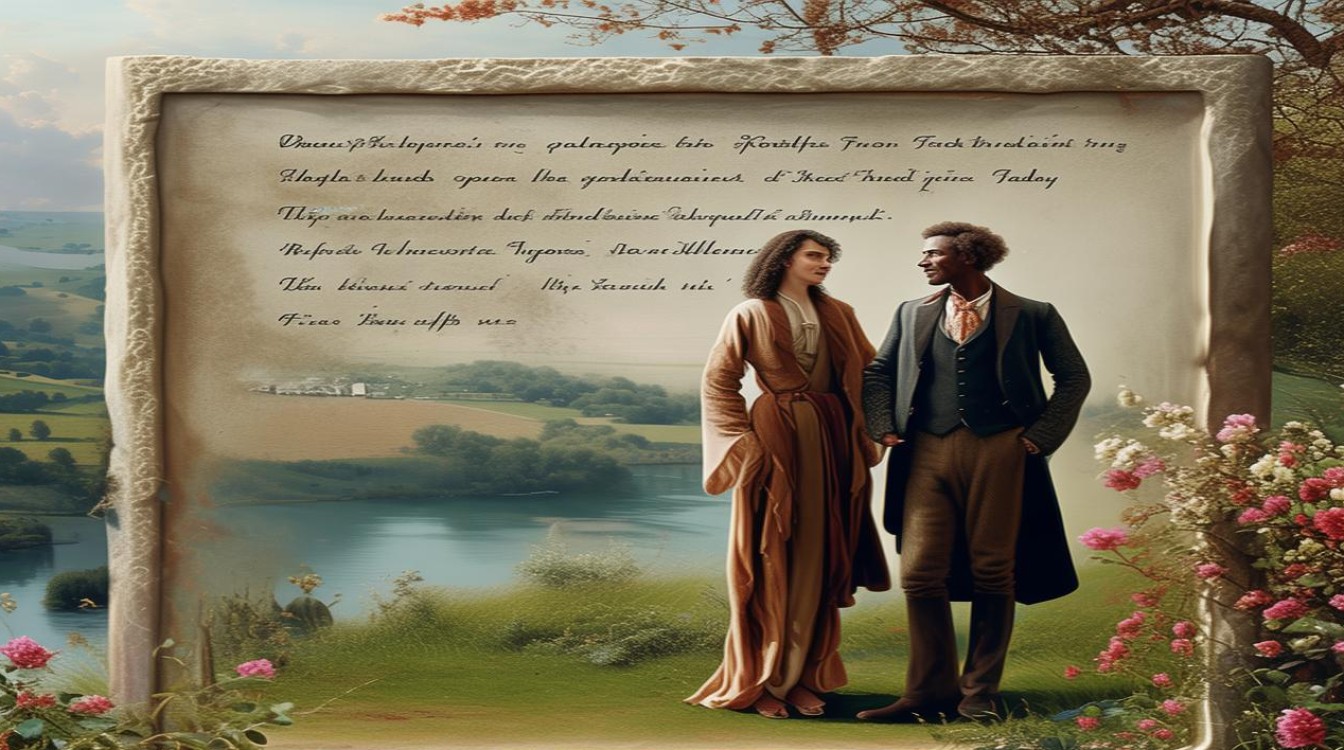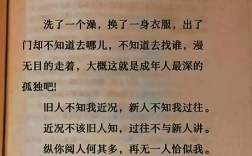Friendship has long been a cherished theme in literature, and English poetry offers some of the most heartfelt expressions of this bond. From classical verses to modern compositions, poets have captured the essence of companionship, loyalty, and shared experiences. Exploring these works not only deepens appreciation for poetic artistry but also provides insight into human connections.

The Origins of Friendship Poetry
The tradition of writing about friendship dates back centuries, with roots in ancient oral traditions and early written texts. In English literature, the theme gained prominence during the Renaissance, when poets like William Shakespeare and John Donne explored the complexities of human relationships. Shakespeare’s sonnets, for instance, often blur the lines between romantic and platonic love, reflecting the depth of emotional ties.
Later, the Romantic era brought a shift toward introspection, with poets like William Wordsworth and Samuel Taylor Coleridge emphasizing personal connections with nature and fellow humans. Their works often celebrated the purity of friendship as a source of comfort and inspiration.
Notable Poets and Their Works
Several poets have left an indelible mark on friendship-themed poetry. Here are a few key figures and their contributions:

William Shakespeare (1564–1616)
Shakespeare’s Sonnet 30 beautifully illustrates the solace found in friendship. The lines "But if the while I think on thee, dear friend, / All losses are restored and sorrows end" convey how the mere thought of a friend can ease pain. His works often highlight the restorative power of companionship.
John Donne (1572–1631)
A master of metaphysical poetry, Donne wrote "No Man Is an Island," a meditation on human interconnectedness. His famous line "No man is an island, entire of itself" underscores the necessity of friendship in navigating life’s challenges.
Emily Dickinson (1830–1886)
Though known for her reclusive nature, Dickinson penned profound verses on friendship. "My friends are my estate" reflects her belief that relationships, rather than material wealth, define a person’s true riches.

Robert Frost (1874–1963)
Frost’s "The Road Not Taken" can be interpreted as a metaphor for friendship—choices shape relationships, and shared paths create lasting bonds. His simple yet profound language resonates with readers.
The Role of Poetic Techniques
Understanding the techniques poets use enhances appreciation for their work. Common methods in friendship poetry include:
- Metaphor and Simile – Comparing friendship to natural elements (e.g., "a sheltering tree") or enduring objects (e.g., "a golden chain") strengthens emotional impact.
- Imagery – Vivid descriptions, such as Wordsworth’s "daffodils," evoke shared memories between friends.
- Rhyme and Rhythm – Structured forms like sonnets or free verse influence how a poem’s message is received. Rhyming couplets often convey harmony, while irregular rhythms may reflect the unpredictability of relationships.
How to Use Friendship Poetry
Poetry about friendship serves multiple purposes:

- Personal Reflection – Reading or writing such poems helps individuals process their own relationships.
- Gifts and Tributes – Sharing a poem can be a meaningful way to honor a friend.
- Educational Tools – Teachers use these works to discuss themes of loyalty, empathy, and emotional expression.
The Timeless Appeal
Friendship poetry endures because it speaks to universal experiences. Whether through Shakespeare’s eloquence or Frost’s simplicity, these verses remind us that human connection transcends time and culture. Engaging with them enriches both literary knowledge and personal relationships.
The next time you seek to celebrate a friend, consider turning to poetry—its words may capture what ordinary language cannot.











